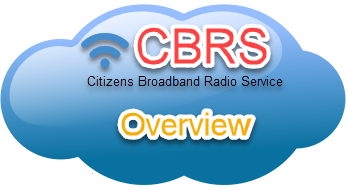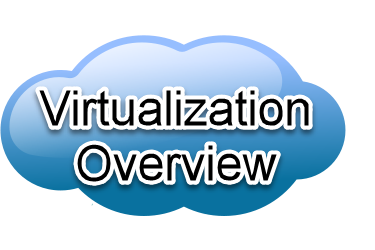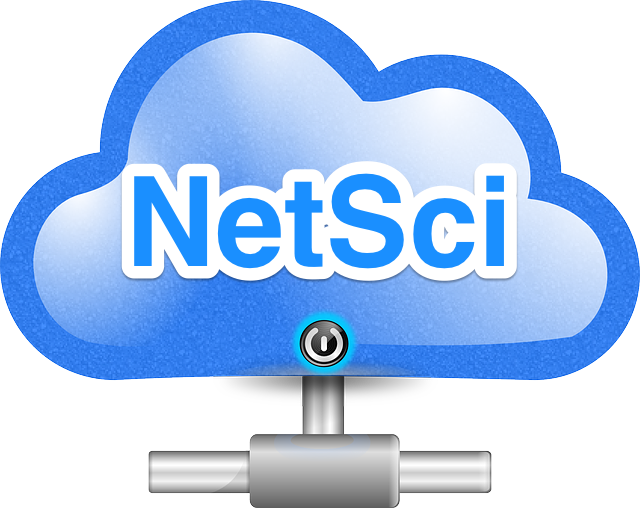Google introduced one of the most significant changes to the Layered Model of telecommunications when it introduced QUIC (see our articles here, and here, and here). It was so revolutionary at the time and does away with TCP at the transport layer, replacing TCP with a combination of QUIC over UDP. Recently the IETF has released RFC9000 and the need for this course was born. Luckily the great folks at Wireshark have been on top of the QUIC/GQUIC development cycles and have fully support the protocols. This course, then, will leverage Wireshark to study this protocol and learn how the Internet has been forever changed by QUIC.

- Teacher: Andrew Walding
Band 48 CBRS (Citizens Broadband Radio Service) is often referred to as the private LTE. It is the frequency band of 3.5GHz, operating in the LTE spectrum in the United States. LTE was designed to work across a wide range of frequency bands (450 MHz up to 3.8GHz) referred to as E-UTRA. The LTE technology is capable of supporting two modes of communication, FDD (Frequency Division Duplex) and TDD (Time Division Duplex). Band 48 CBRS is believed to be one of the greatest opportunities for the wireless communications industry within the last decade. This technology is coming at the right time, just when data growth is inevitably exploding through the new trend of technologies like IoT, VR, Big Data, etc. The concept of having a private LTE as easy as a Wi-Fi network and free of charge will likely change the market. We will come from having a couple of nation-wide networks to a massive collection of small-scale LTE networks.

- Teacher: Andrew Walding
This course is a one-day technology overview/briefing on the subject of SDN. The focus is on the emerging programmable network concepts and technologies. Further, the trends in managing and orchestrating Data Center server and storage virtualization services will be discussed, along with the need for controlling the networking environment in support of administering these compute resources.

- Teacher: Andrew Walding
The 1-day (2x4hr sessions if Web Delivery) Technology Overview/Briefing on Virtualization Technologies will provide the attendee insight into some basic operation and terminology of Virtualization. Then a focus and examination on the current Virtualization products and offerings in a real world service provider will follow. Further, the trend of Data Center virtualization will be discussed, along with the need for virtualization in the networking environment. The overall objective of this one day briefing is to provide sufficient insight to the main subject and thus provide a baseline for creating the next generation solutions for products and services.

- Teacher: Andrew Walding
This course is a one-day instructor led course on the subject of Network Science. Depending on which course track you are participating in, your instructor may provide direction as to which course below you are to participate.
These courses and content are designed to give a hands-on exposure to key networking technologies targeted at the new hire learner. The objective is to provide a solid foundation into the technologies that are relevant to todays networking ecosystem.
Depending on the group of learners we will be taking one of two course tracks. The other course track will be removed from view.
Enjoy the learning, and be sure to participate actively to maximize your learning experience.

- Teacher: Andrew Walding
This course is a one-day instructor led course on the subject of Network Science. In this class we will dive into the following network technologies:
We will use majority voting to decide the order. So you as a learner group get to select the topics that interest you most!

- Teacher: Andrew Walding

